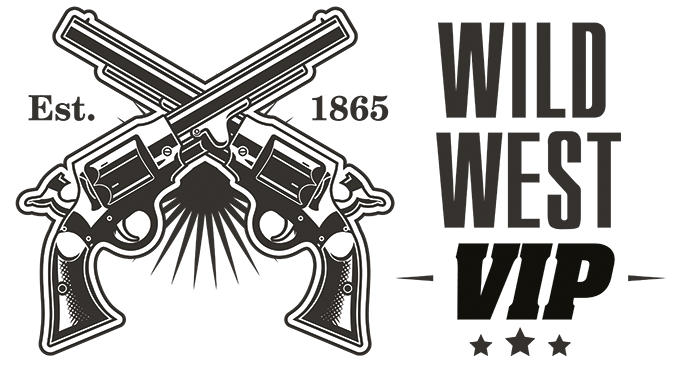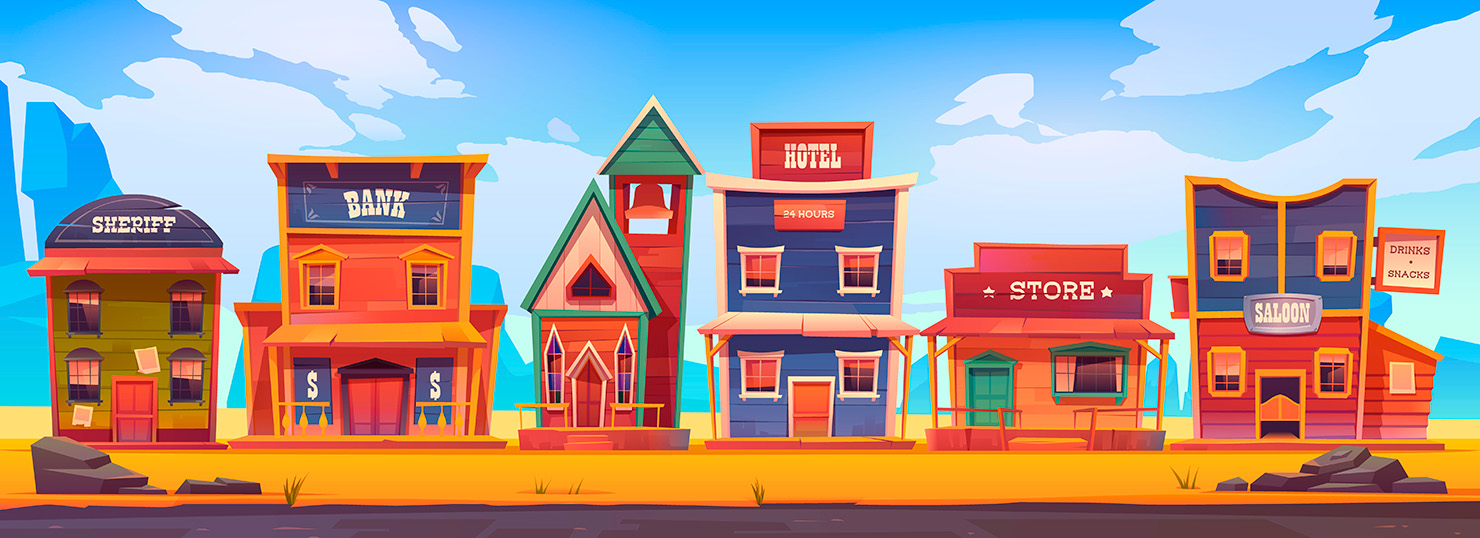Sergio Leone’s “Once Upon a Time in the West” is a painstaking distillation of the style he made famous in the original three Clint Eastwood Westerns. There’s the same eerie music; the same sweaty, ugly faces; the same rhythm of waiting and violence; the same attention to small details of Western life.
Leone’s first two “spaghetti Westerns” (“A Fistful of Dollars,” “For a Few Dollars More”) were made with small budgets. His third, “The Good, the Bad and the Ugly,” was made with a few dollars more. But this one was bankrolled by Paramount and looks like it: There’s a wealth of detail, a lot of extras, elaborate sets. There’s a sense of the life of the West going on all around the action (and that sense is impossible to obtain on small budgets).
After completing the Dollars trilogy, Leone returned to the Western minus his signature star but with a renewed sense of ambition, twisting together an epic story of greed and revenge bigger than anything he’d attempted before. Charles Bronson plays a gunslinger known only as Harmonica (thanks to his musical instrument of choice) who’s locked into a battle of wills with Frank (Henry Fonda), a merciless hired gun with whom Harmonica has a mysterious history. Without losing his trademark dark humor, Leone couples the stylistic bravado of the film’s predecessors to a sense of tragic somberness, focusing on the sacrifices asked by the West and what gets lost as history moves on. He also brings a sense of patience, letting the story play out at a stately pace (at least in the director’s preferred cut) and giving space to co-stars Claudia Cardinale and Jason Robards to develop what might otherwise have been stock characters. It’s audacious, too, casting Fonda as not just a bad guy but a sadist and opening with a wordless showdown for which the term “slow burn” is an understatement. It’s Leone’s masterpiece, the film in which he packed everything he wanted to say about the West and its myths.
This film unfolds on multiple levels. Most literally, it is the story of a woman thrust into the violent, mythic universe of Leone’s West, a world made up of men with guns and their victims. Cardinale arrives by train in the fictional town of Flagstone (Flagstaff?), Arizona, but the new husband she expected to meet her at the station isn’t there. (The crane shot that follows her from the platform into the station and then, lifting over the roof, out into town is a beautiful bit of camera-work.) She makes her way out to his hardscrabble ranch in the middle of nowhere, where she learns that he and his three children have been killed by landgrabbers led by Fonda and hired by Ferzetti. From this point, Leone’s three gunfighters (Fonda, Bronson, and Robards) begin circling Cardinale and her land, each with his own motives and methods: Fonda imagines that by taking the land for himself he might stop working for Ferzetti and instead replace him; Robards, framed for the murders by Fonda, wants to know why; Bronson, seeking revenge for an unknown wrong, uses the land to lure Fonda to him. The three approach Cardinale alternately as predators and protectors (often it’s difficult to tell which) until one by one, they take one another out of the picture. Cardinale is marvelous in the central role, her face a canvas on which Leone paints (in close up, of course, and with little dialogue) a subtler range of emotions than his male protagonists ever had to display: loss, disappointment, regret. Her scenes, many of which take place indoors at the ranch, serve to humanize Leone’s work, to suggest that there might be an alternative to the wilderness and carnage outside the door.


2 thoughts on “Once Upon a Time in the West (1968)”